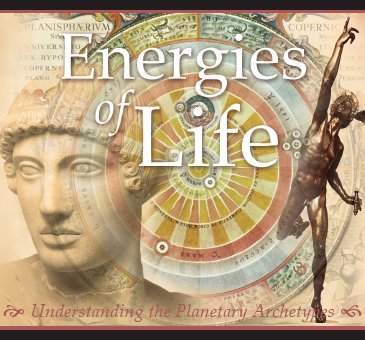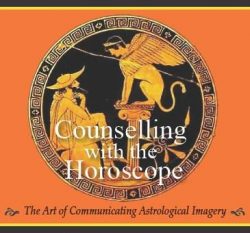Planetary Archetypes
The contemporary planetary pantheon consists of the traditional seven planets which include the two luminaries of the Sun and Moon. The other five planets known to the ancients of Mesopotamia and Greece were Mercury, Venus, Mars, Jupiter and Saturn. However, towards the end of the 18th Century CE, another planet was discovered and named Uranus which changed the composition of the known solar system. And since then Neptune and Pluto along with a host of other minor and ‘dwarf’ planets have been discovered, including Chiron. It is these planets which we will study in detail and depth.
Planets are potent metaphors of our personal, social and collective experiences. Metaphorically planets symbolise the powerful urges, impulses, energies and instincts that underpin all of life, which motivate and influence every human being. Therefore each planetary archetype will be thoroughly examined with reference to their psychological and astrological qualities. As archetypes of human experience, planets were once conceived as divine; hence each has their unique mythology which we will study.


